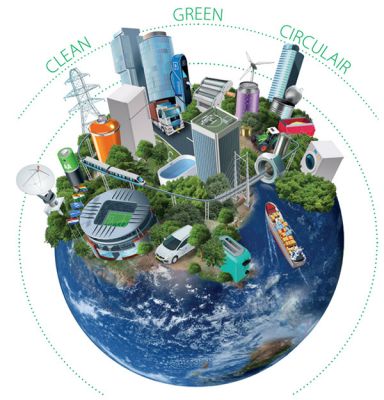
Kernthesen:
- Reduction of deep-drawing oil usage is an important aspect in making the press-shop more sustainable.
- Reduction in oil quantity will require process adjustments and control.
- Thin (dry) film solutions will assure corrosion protection during transport and storage and enable emergency lubricating properties.
Zusammenfassung:
In the journey towards becoming carbon neutral we critically review each step in the complete product life-cycle from steel-making to the recycling of consumer products. The step of deep-drawing of automotive parts goes hand-in-hand with oil consumption for lubrication.
2nd generation prelubes have shown to enable a 30% reduction of oil consumption, but how far can we go? At Tata Steel we performed a series of deep-drawing experiments to investigate the limits of reducing lubricant quantity.
Results show limits related to stick-slip and strong sensitivity of draw-in to oil quantity, demonstrating the need for more clever process control to enable further reduction or lubricant quantities.
Darstellung des Nutzens für KMU
Deep-drawing is a cost effective method for producing complex shaped parts in series. Applications are found in automotive, home appliances, construction and more.
All face production challenges related to material forming limits, frictional properties and wear, which define the efficiency of the production process. Lubricating oils are often used to mitigate tribological production challenges but contribute to the carbon-footprint of the product and create waste.
The aim of our work is to help customers in becoming more sustainable; enabling reduction, and ultimately elimination, of lubricating oil in the deep-drawing process by providing tribological solutions such that they can realize carbon-neutral products.
Referent: Dr. Ir. Pieter Baart, Tata Steel Ijmuiden BV

